Tech Meets Taste: Exploring the Role of AI in Today’s Restaurants
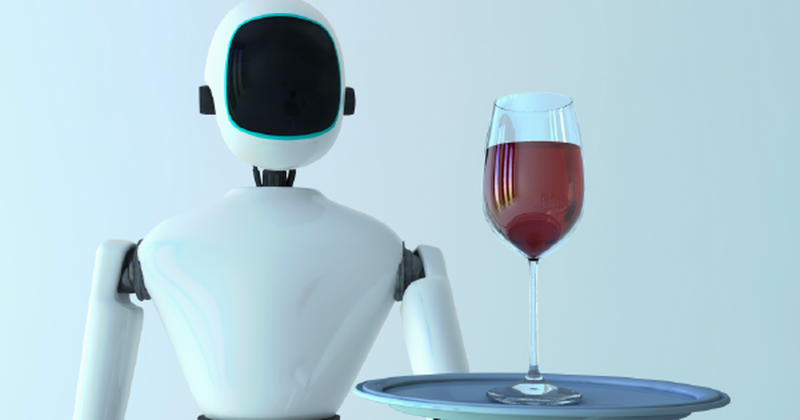
In an age where technology intertwines seamlessly with everyday life, it’s no surprise that the restaurant industry is embracing artificial intelligence (AI) to enhance the dining experience. AI restaurants are at the forefront of this culinary revolution, offering innovative solutions that not only streamline operations but also create personalized and memorable experiences for diners. Let’s explore how AI is transforming the restaurant landscape and what it means for the future of dining.
1. Smarter Ordering Systems
Gone are the days of waiting for a server to take your order. AI-powered ordering systems, such as interactive kiosks and mobile apps, allow customers to place their orders with just a few taps. These systems use AI algorithms to recommend dishes based on your preferences, dietary restrictions, and past orders. For example, if you frequently choose vegetarian options, the system might highlight new plant-based dishes that align with your tastes. This not only speeds up the ordering process but also ensures that diners receive recommendations tailored to their individual preferences.

2. Robotic Cooks and Servers
Imagine a restaurant where robots handle the cooking and serving. This is becoming a reality with advancements in robotics technology. Restaurants like Spyce in Boston feature robotic systems that prepare meals with precision and consistency. These robots can chop, stir, and cook dishes, ensuring that each plate meets the same high standards. Additionally, robotic servers can deliver food to your table, reducing human labor and minimizing errors. This tech-savvy approach not only enhances efficiency but also adds a futuristic flair to the dining experience.
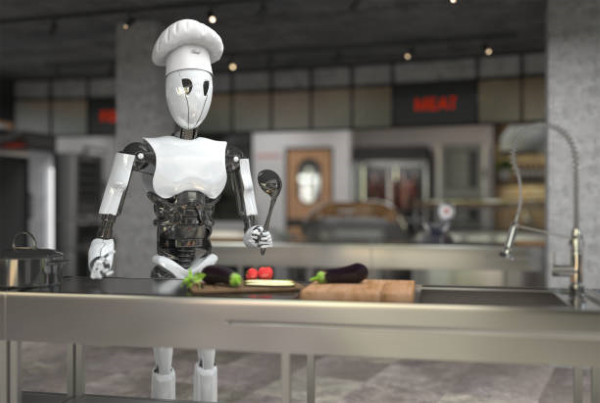
3. Chatbots and Virtual Assistants
AI-driven chatbots and virtual assistants are revolutionizing customer service in restaurants. These digital helpers can manage reservations, answer frequently asked questions, and assist with menu selections. By interacting with customers via chat or voice commands, chatbots can provide instant support and personalized recommendations. This not only improves customer service but also frees up staff to focus on other tasks, ensuring a smoother and more enjoyable dining experience.
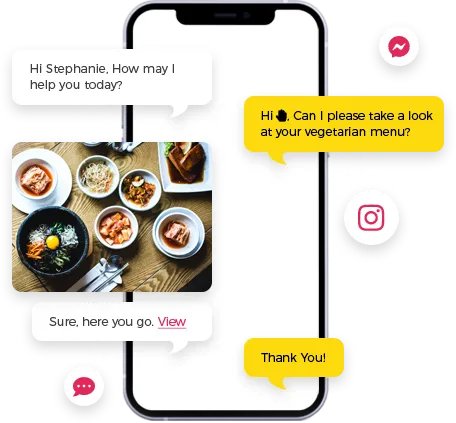
4. Predictive Analytics for Optimization
Predictive analytics, powered by AI, is transforming how restaurants manage their operations. By analyzing data from various sources—such as customer feedback, sales trends, and inventory levels—AI tools can forecast demand, optimize menu offerings, and streamline inventory management. For example, if a particular dish is gaining popularity, predictive analytics can help restaurants adjust their menu and inventory to meet the increased demand. This data-driven approach ensures that restaurants can adapt to changing trends and provide a more satisfying experience for their customers.

5. Personalized Dining Experiences
One of the most exciting aspects of AI in restaurants is its ability to create personalized dining experiences. AI systems can analyze customer preferences and tailor menu options accordingly. For instance, if a diner has a gluten intolerance, the AI can suggest suitable dishes and even alert the kitchen to take extra precautions. Additionally, AI can track and remember customer preferences over time, making future visits even more enjoyable. This level of personalization ensures that every dining experience is unique and catered to individual tastes.
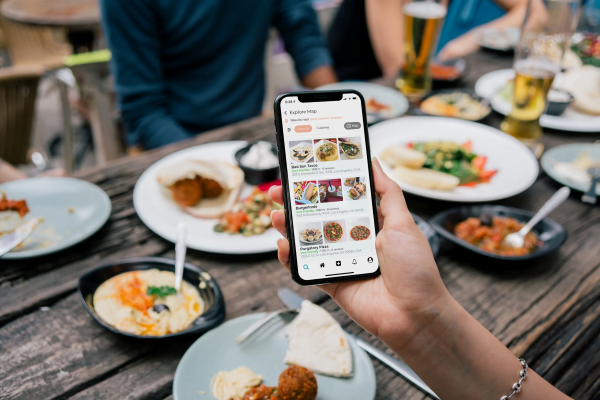
6. Enhancing Customer Engagement
AI restaurants are also finding innovative ways to engage with customers. From interactive digital menus to gamified dining experiences, AI is enabling restaurants to create more engaging and immersive environments. For example, some restaurants use AI to offer augmented reality (AR) experiences, allowing diners to visualize their meals before ordering. These interactive features not only enhance the dining experience but also provide a fun and memorable way for customers to interact with the restaurant.
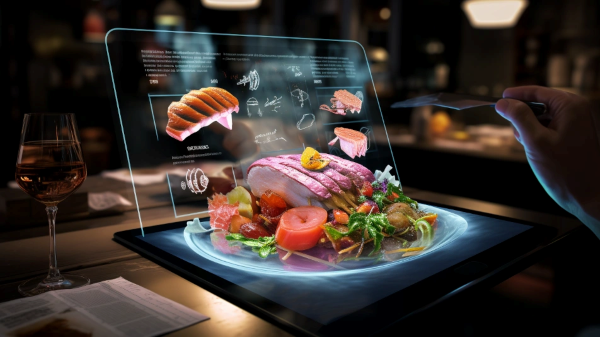
Why Data Backup Matters in AI Restaurants
AI restaurants rely on various systems to manage orders, payments, and inventory. Regular data backups are crucial to prevent significant disruptions from system failures, ensure data integrity for accurate predictions and personalized experiences, and provide a safeguard against cyberattacks. Additionally, backups help AI restaurants comply with data protection regulations by keeping customer information secure and recoverable.
The Importance of Backup Data in AI Restaurants and How Polarbackup Helps
In AI-driven restaurants, data is vital for managing operations, personalizing experiences, and maintaining efficiency. With heavy reliance on technology, robust data backup becomes essential to ensure operational continuity, data integrity, and security. Regular backups protect against system failures, data loss, and cyberattacks, while also helping to meet data protection regulations. Polarbackup addresses these needs effectively by offering automated, cloud-based backups with strong encryption. Polarbackup’s scalable and secure solutions ensure that critical data is preserved and easily recoverable, supporting seamless operations and uninterrupted service in the fast-paced world of AI restaurants.
To Wrap Up
While AI integration in restaurants offers substantial benefits, it underscores the importance of strong data backup strategies. Polarbackup delivers a reliable, secure, and scalable solution that helps AI restaurants protect their data, ensure operational continuity, and maintain exceptional service quality.
